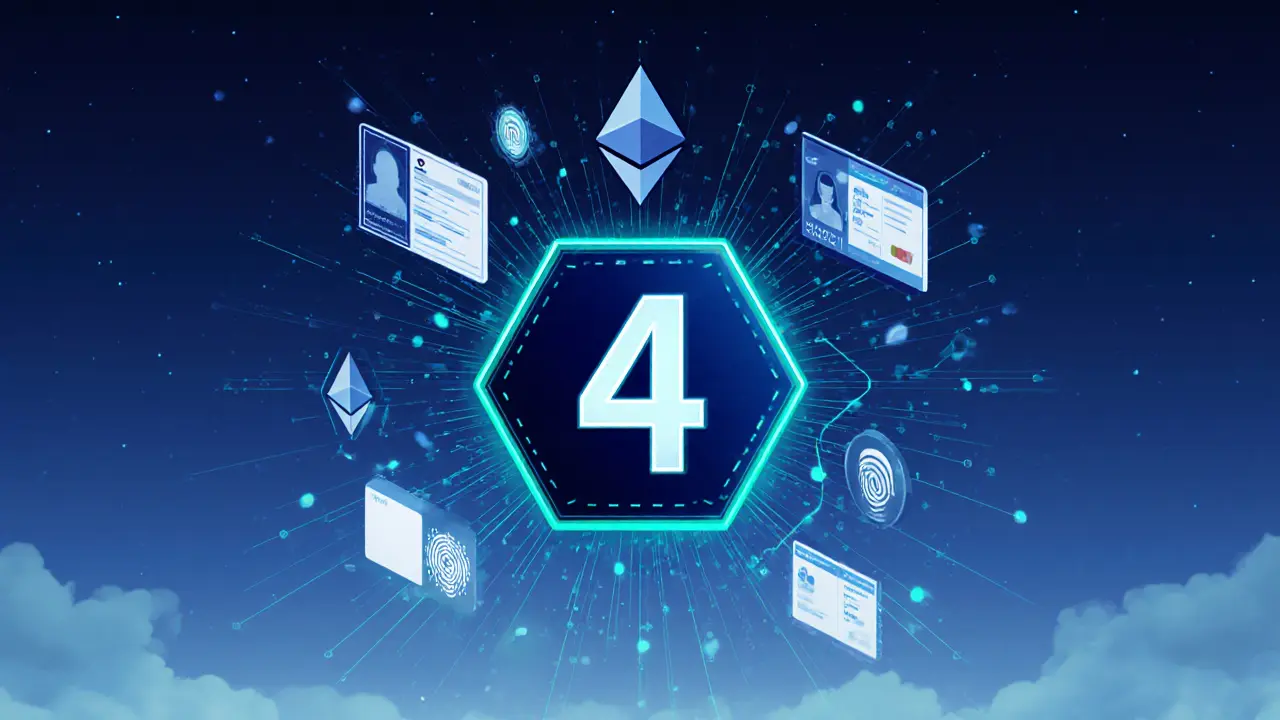ERC20 Token: What It Is and Why It Matters
When working with ERC20 token, a standardized smart‑contract protocol on the Ethereum blockchain that lets developers create interchangeable crypto assets. Also known as Ethereum token standard, it enables seamless transfers, approvals, and token interactions across wallets and exchanges.
Built on Ethereum, the public blockchain that hosts the ERC20 standard, each ERC20 token is essentially a smart contract, code that runs autonomously to enforce token rules. The contract defines key attributes – total supply, decimal precision, and the core functions transfer, approve, and transferFrom. In other words, ERC20 token requires a smart contract to exist, and that contract governs the token’s tokenomics, the economic model behind supply, distribution, and utility. This simple structure creates a universal language that wallets, DEXs, and DeFi platforms all understand.
One of the biggest benefits is interoperability. Because every ERC20 token follows the same interface, a DeFi protocol can accept any token without custom code. This semantic triple – “ERC20 token enables DeFi platforms” – drives the explosion of yield farms, lending markets, and NFT marketplaces that all list dozens of tokens. For traders, it means you can move from one project to another with a few clicks, and for developers, it reduces the time needed to launch a new asset.
Beyond finance, ERC20 tokens are the backbone of many airdrop campaigns and community incentives. Our recent guides on the PREME token, FIWA token, and WOOP token showcase how projects use the ERC20 standard to distribute tokens, raise funds, and build ecosystems. Each case follows the same pattern: define tokenomics in the contract, announce the airdrop, and let users claim via a wallet that recognizes the ERC20 interface.
Regulatory landscapes also reference the ERC20 format. In the United States, a token that behaves like a security may trigger licensing requirements such as MSB registration or a BitLicense, as outlined in our "Crypto Licensing Requirements" guide. Similarly, European MiCA rules treat ERC20 assets as crypto‑assets, demanding passporting and AML procedures for exchanges listing them. Understanding the legal context helps you avoid surprises when you list, trade, or create an ERC20 token.
If you’re new to scanning ERC20 tokens, start with three simple checks: 1) Verify the contract address on Etherscan – it should match the official project page; 2) Look at the token’s total supply and decimals – these are visible in the contract’s “Read Contract” tab; 3) Confirm that the token’s smart‑contract code implements the standard functions (balanceOf, transfer, etc.). Following this checklist lets you spot counterfeit tokens before they hit your wallet.
Key Benefits and Risks of ERC20 Tokens
Benefits include fast deployment, wide wallet support, and easy integration into DeFi. Risks revolve around poorly written contracts, which can lead to vulnerabilities or rug pulls. Always check audit reports and community reputation. Our post on "SafeMars (SMARS)" highlights a deflationary token that added a tax on transfers – a feature that many ERC20 contracts can embed but also a red flag for unsuspecting traders.
In short, the ERC20 token ecosystem is a mix of straightforward standards and diverse innovations. Below you’ll find a curated set of articles that dive deeper into licensing, tokenomics, exchange reviews, sandbox programs, and real‑world use cases. Whether you’re looking to launch your own token, evaluate an airdrop, or simply understand how these assets power today’s crypto markets, the collection ahead offers practical insights you can act on right now.

FourCoin (FOUR) Explained: Utility Token, How It Works & How to Buy
Oct 15, 2024, Posted by Ronan Caverly
FourCoin (FOUR) is a utility ERC‑20 token for The 4th Pillar's identity platform. Learn its purpose, tech, price, where to buy, and investment risks.
MORESEARCH HERE
Categories
TAGS
- decentralized exchange
- crypto exchange review
- cryptocurrency
- crypto coin
- CoinMarketCap airdrop
- smart contracts
- tokenomics
- cryptocurrency exchange safety
- crypto exchange
- cryptocurrency airdrop
- crypto airdrop
- cryptocurrency exchange
- crypto airdrop guide
- blockchain token distribution
- DeFi
- crypto exchange scam
- crypto airdrop 2025
- Ethereum
- cross-chain interoperability
- ERC-20
